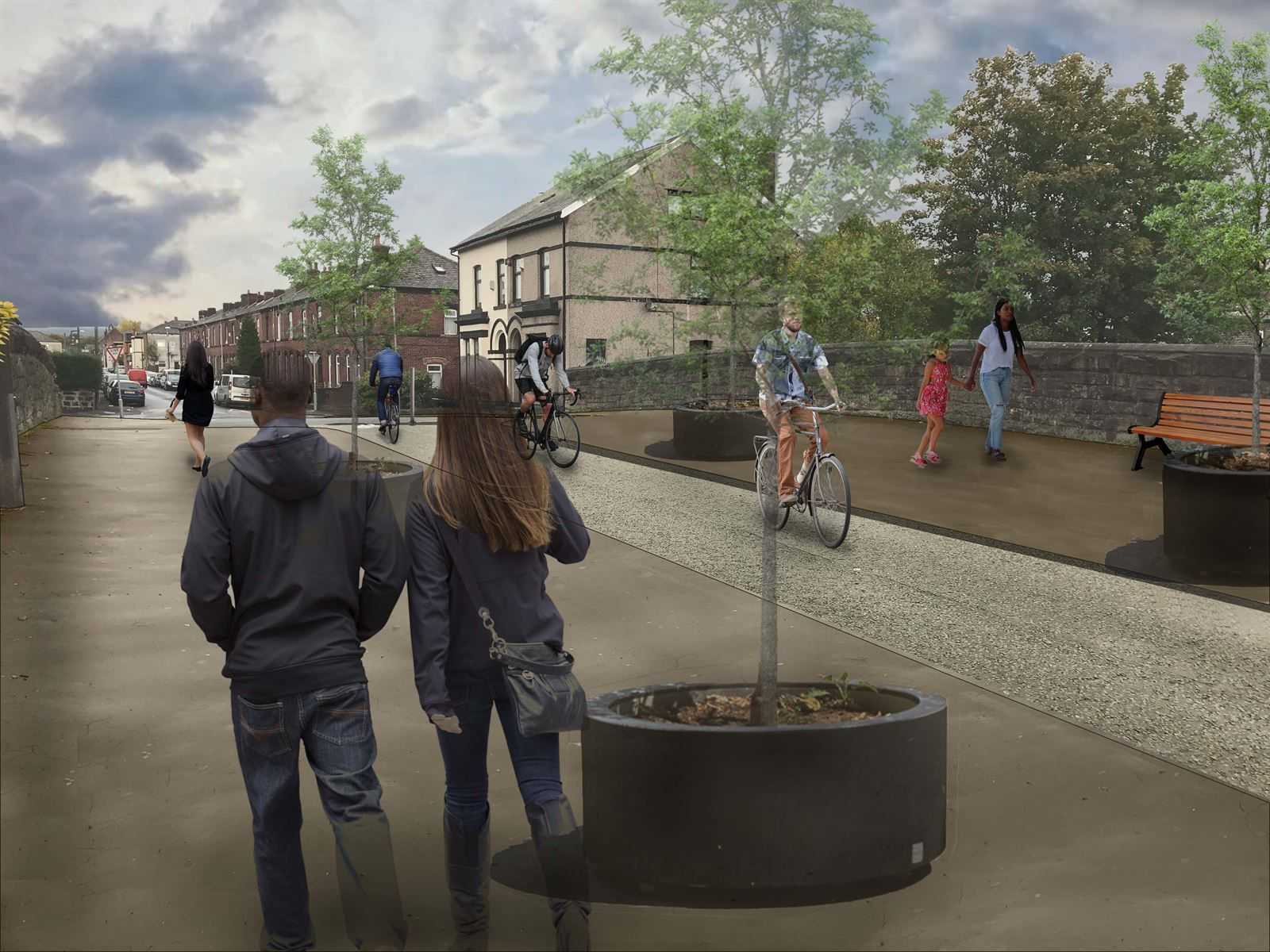
PlanEngageTM, AECOM’s online reporting and engagement solution, is designed to help energy organizations and their key stakeholders to plan, monitor, report and communicate key information about their energy projects.
PlanEngage provides a secure and reliable reporting and communications platform that helps manage the creation and communication of site selection and permitting, environmental approvals, improving energy efficiency, reducing emissions or increasing alternative and renewable energy sources.
Improved teamwork and reporting
As a secure and centralized location for the development of reports, PlanEngage has built-in collaborative editing and managed approval workflows, allowing energy suppliers, regulators, distributors and other key energy stakeholders to work together on essential planning and regulatory documentation, securely and in real-time.
Geographic Information System (GIS) clarity
Through PlanEngage’s embedded GIS mapping capability, energy organizations can easily communicate key project information to stakeholders including proposed locations, environmental impacts, and remediation efforts. The simple, GIS Mapping interface within PlanEngage allows energy organizations to provide information in alignment with GIS maps, allowing clarity, understanding and alignment across all interested parties.
Communicate improved sustainability and energy efficiency
PlanEngage makes it easy to communicate sustainability targets and results to stakeholders by embedding PowerBI dashboards and integrating with other community engagement platforms such as Consultation Manager and Dynamics 365.
Collaboratively build and review report information together in one central location for environmental, transportation, mining, oil and gas, active transport, monitoring, remediation or master-planning projects.
Provide environmental information and constraints in an interactive format to streamline internal analysis and anticipated regulatory submittals and approvals.
Analyze sites and scenarios, existing conditions and the potential for disproportionate effects; create engagement strategies; and monitor the environmental impact of projects.


